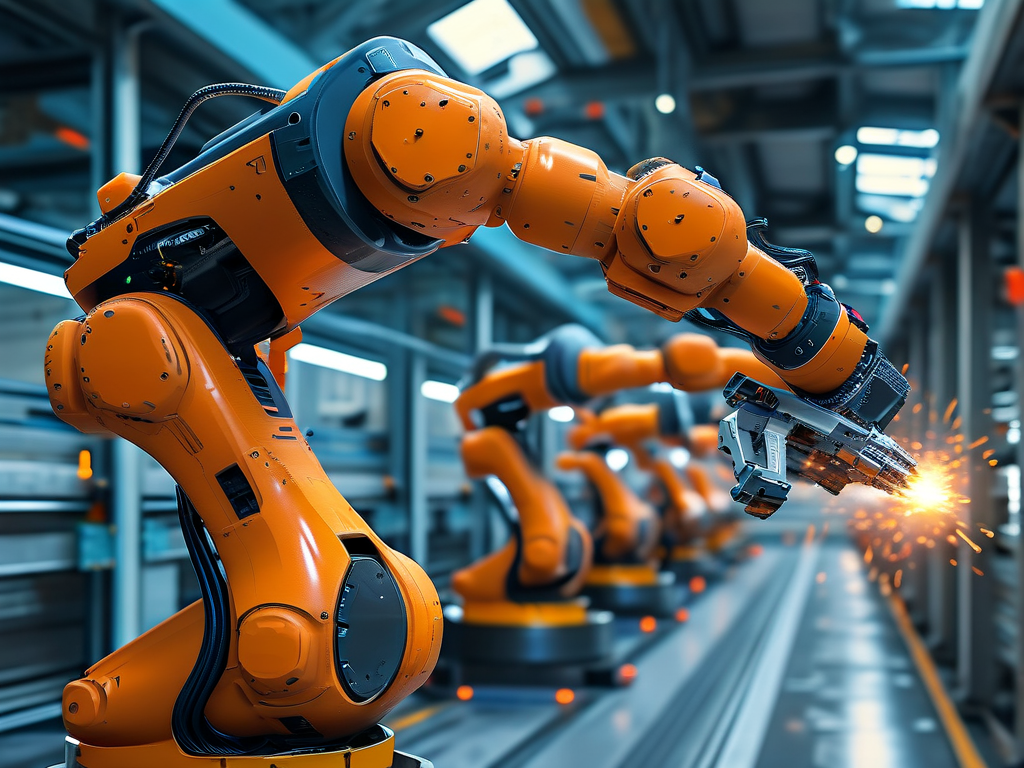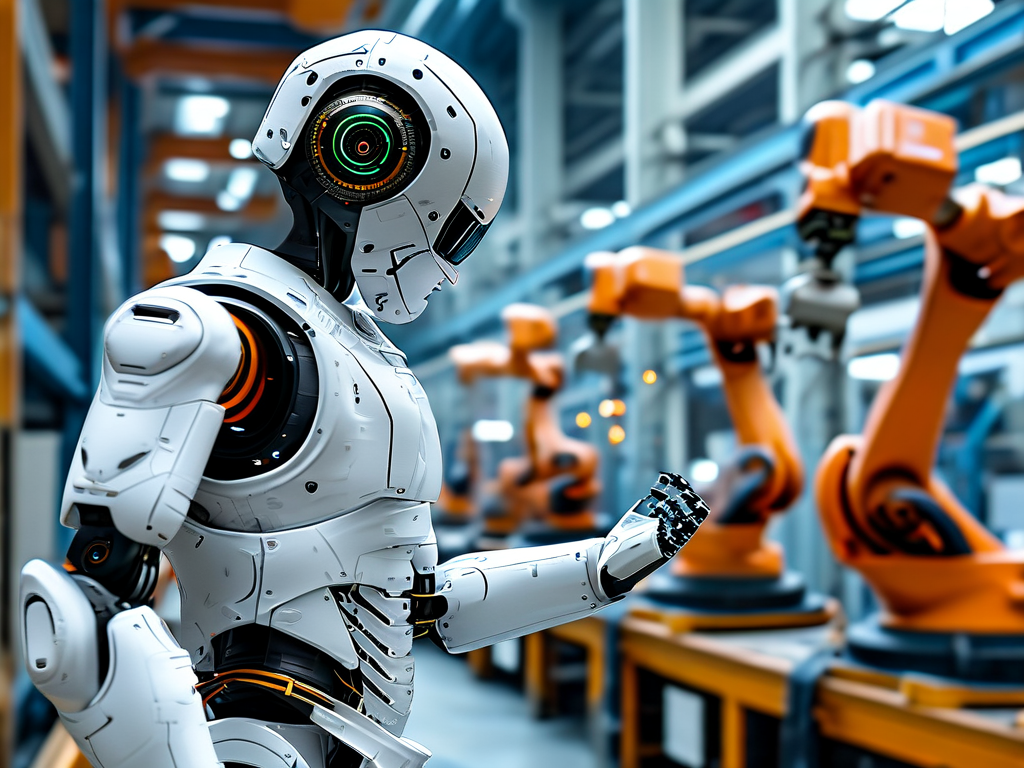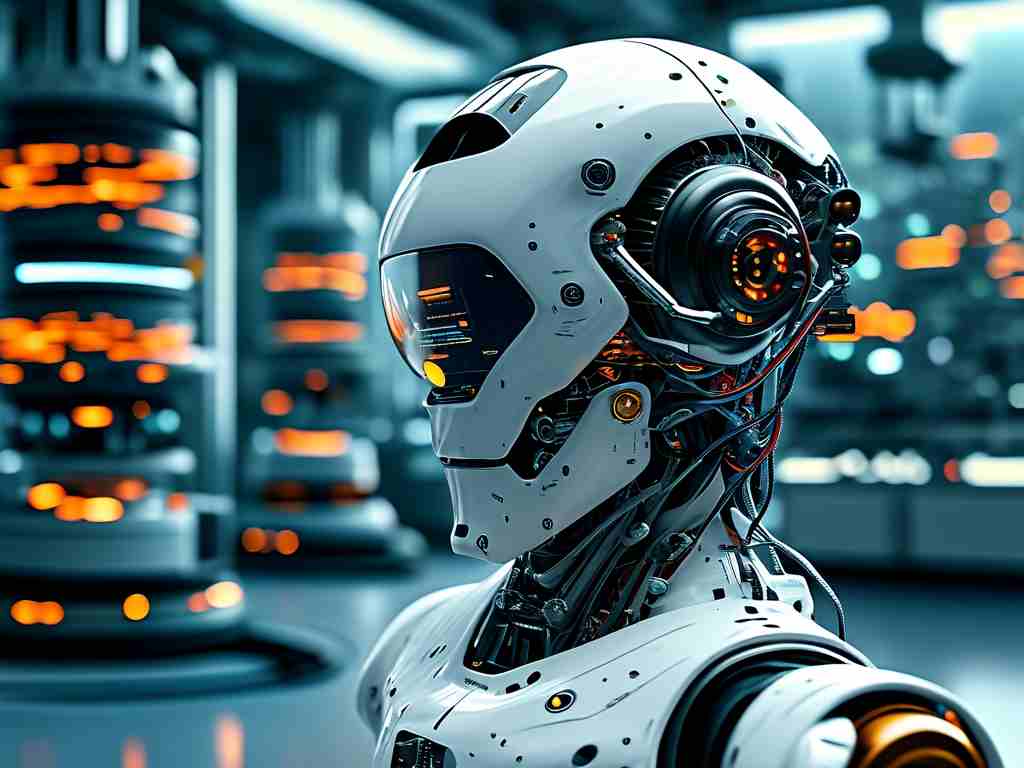The evolution of high-speed robotics has redefined efficiency across industrial landscapes. Unlike traditional automation systems constrained by fixed programming, next-generation robots leverage adaptive algorithms and real-time sensor fusion to achieve unprecedented operational velocities. A recent study by the International Robotics Consortium revealed that facilities adopting these systems reduced cycle times by 38% while maintaining 99.6% precision – statistics that underscore their transformative potential.
At the core of rapid robotic systems lies dynamic motion planning. Engineers now deploy hybrid control architectures combining model predictive control (MPC) with machine learning. For instance, XYZ Robotics’ proprietary "QuantumDrive" platform utilizes tensor processing units to recalculate trajectory paths every 0.8 milliseconds. This technical leap enables their Delta robots to sort 450 items per minute in e-commerce warehouses – a 70% improvement over 2020 models.
Material science breakthroughs further propel this acceleration. Graphene-reinforced actuators developed at MIT’s Mechatronics Lab demonstrate 22% faster response times than conventional servo motors. When integrated with carbon-fiber manipulators, these components allow robotic arms to execute 15G accelerations without structural compromise. Such advancements prove critical in semiconductor manufacturing, where wafer-handling robots must operate in ultra-clean environments while minimizing inertial vibrations.
The software layer introduces equally revolutionary changes. ROS 2 (Robot Operating System) now supports deterministic communication through DDS protocols, enabling microsecond-level synchronization across multi-robot cells. Automotive manufacturers like Tesla have capitalized on this, implementing coordinated fleets of high-speed bots that install 1,200 battery cells per vehicle with micron-level consistency.
Challenges persist, particularly in energy optimization. High-velocity operations demand innovative power management – Boston Dynamics’ "Stretch" robot addresses this through regenerative braking systems that recover 18% of kinetic energy during deceleration phases. Thermal dissipation also remains critical; liquid-cooled joints developed by ABB maintain operating temperatures below 45°C even during sustained 24/7 packaging operations.
Industry 4.0 integration amplifies these systems’ capabilities. When paired with 5G-enabled IoT sensors, high-speed robots achieve <3ms latency in closed-loop feedback scenarios. Siemens’ work with digital twins demonstrates how simulated stress testing can predict actuator wear patterns, reducing maintenance downtime by 40% in automotive assembly lines.
Ethical considerations emerge alongside technical progress. The European Commission’s Robotics 2030 initiative mandates velocity governors for collaborative robots (cobots) working near human operators. Such safety protocols balance productivity gains with workforce protection – a necessary compromise as these machines increasingly handle tasks ranging from surgical suturing to aircraft riveting.

Looking ahead, quantum computing promises to shatter current speed barriers. Early experiments by D-Wave and Festo show quantum annealing algorithms optimizing robotic path planning 200x faster than classical methods. While commercialization remains distant, these developments hint at a future where nanosecond-scale decision-making becomes standard in agile manufacturing ecosystems.

From pharmaceutical labs to offshore wind farms, high-speed robotics continues to erase boundaries between digital precision and physical execution. As these systems grow more energy-efficient and cognitively adaptive, they’ll not only reshape production metrics but fundamentally alter humanity’s relationship with automated systems. The race for velocity has evolved beyond mere technical competition – it’s become a reimagining of industrial possibility.









